Traditionally, research on electrochemistry has focused on the I characteristics of the ionic conductor, which is typically an aqueous or (less frequently) a non-aqueous solution, polymer, or superionic solid containing mobile ions. I the electron-transfer processes that can occur at this interface and the speeds at which they can occur. The structure of the electrified interface that forms upon the inunersion of an electronic conductor into an ionic conductor. Compared to many other protective systems, the scientific explanation of cathodic protection's processes is significantly more condensed. Metal corrosion in aqueous solutions or in soil is primarily an electrolytic process governed by an electric tension, i.e., a metal's potential in an electrolytic solution. The electrochemical laws state that as reducing potential increases, both the inclination and pace of a reaction will decrease. Although cathodic protection has been used in a few isolated instances for many years and these relationships have been recognised for more than a century, their technological implementation on a larger scale took a while. This could have happened because electrical engineering standards made it difficult to employ cathodic protection in practise and because it used to seem unusual and strange. Cathodic protection is far more complicated in practise than it is in theory.
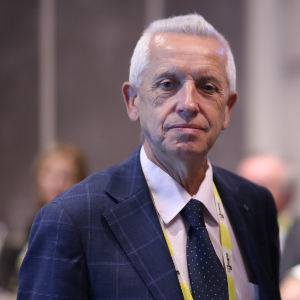
Stanislaw Dzwigaj
Sorbonne University, France
Dai Yeun Jeong
Asia Climate Change Education Center, Korea, Republic of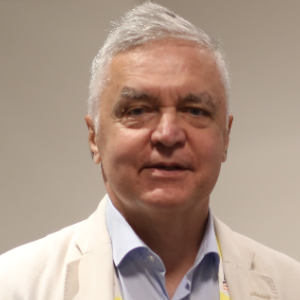
Sergey Suchkov
N.D. Zelinskii Institute for Organic Chemistry of the Russian Academy of Sciences, Russian Federation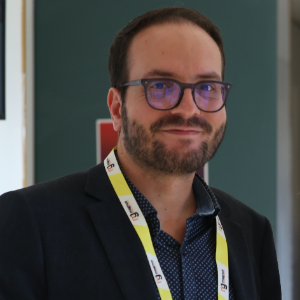
Enrico Paris
CREA-IT & DIAEE, Italy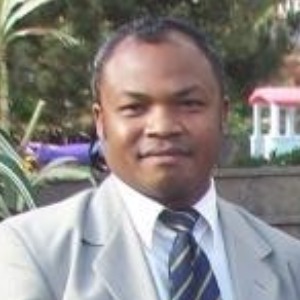
Rabeharitsara Andry Tahina
GPCI-ESPA Antananarivo University, Madagascar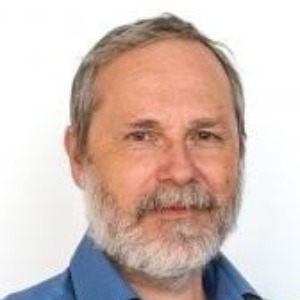
Jiri Dedecek
J Heyrovsky Institute of Physical Chemistry , Czech Republic
Uday Som
Research and Development Engineer, Japan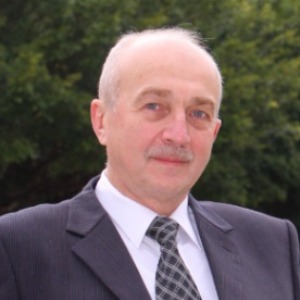
Vladimir G Chigrinov
Hong Kong University of Science and Technology, Russian Federation



Title : Distant binuclear vanadium V(II) cationic sites in zeolites and their reactivity
Jiri Dedecek, J Heyrovsky Institute of Physical Chemistry , Czech Republic
Title : Advanced nanostructures for carbon neutrality and sustainable H₂ energy
Tokeer Ahmad, Jamia Millia Islamia, India
Title : Personalized and Precision Medicine (PPM) as a unique healthcare model via bi-odesign, bio- and chemical engineering, translational applications, and upgraded business modeling to secure the human healthcare and biosafety
Sergey Suchkov, N.D. Zelinskii Institute for Organic Chemistry of the Russian Academy of Sciences, Russian Federation
Title : Antibody-proteases as a generation of unique biomarkers, biocatalysts, potential targets and translational tools towards nanodesign-driven biochemical engineering and precision medical practice
Sergey Suchkov, N.D. Zelinskii Institute for Organic Chemistry of the Russian Academy of Sciences, Russian Federation
Title : Dimethyl ether synthesis from syngas over Cu-Zn/Al2O3 catalysts prepared using the Sol-Gel method
Uday Som, Research and Development Engineer, Japan
Title : Influence of various catalysts on H₂ enhancement and CO2 capture during syngas upgrading
Enrico Paris, CREA-IT & DIAEE, Italy
Title : Photoaligned azodye nanolayers : New nanotechnology for liquid crystal devices
Vladimir G Chigrinov, Hong Kong University of Science and Technology, Russian Federation
Title : Application of vanadium, tantalum and chromium single-site zeolite catalysts in catalysis
Stanislaw Dzwigaj, Sorbonne University, France
Title : Advances in heterogeneous catalysis for green conversion of propene to aldehydes and alcohols
Ram Sambhar Shukla, CSIR-Central Salt and Marine Chemicals Research Institute (CSMCRI), India
Title : Oxidation of methane to methanol over pairs of transition metal ions stabilized in the zeolite matrices
Jiri Dedecek, J Heyrovsky Institute of Physical Chemistry , Czech Republic